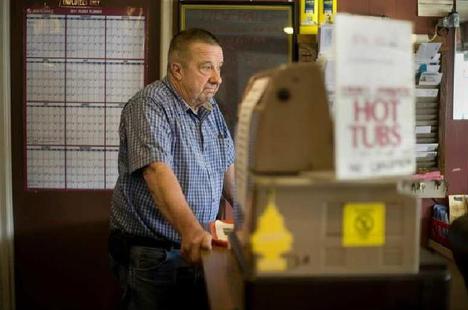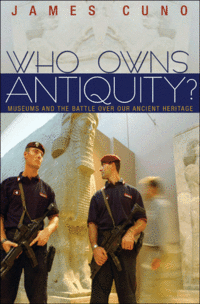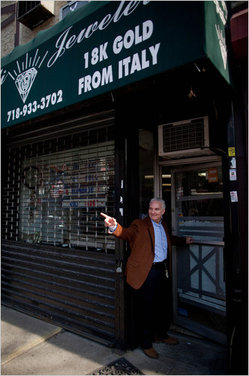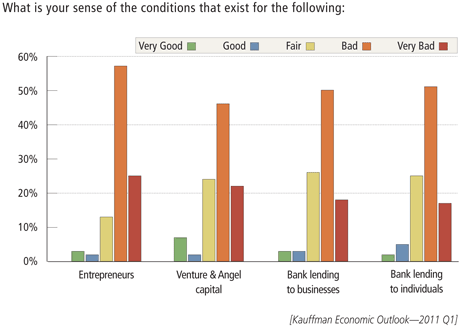(p. 260) In 2007 Forbes magazine named Steve Jobs the highest-paid exec-(p. 261)utive of any of America’s five hundred largest companies, based on gains in the value of stock granted to him at Apple. He was on the board of directors of the Walt Disney Co. Yet his former residence in Woodside, where he had once met with Catmull and Smith and mused about buying Lucasfilm’s Computer Division, was now in a state of decay under his ownership.
He had wanted to demolish it; after a group of neighborhood residents opposed his plan to do so, he left the house open to the elements. The interior suffered damage from water and mold. Vines crept up the stucco walls and wandered inside.
The memories that haunted its hallways were those of Jobs’s darkest times. He had bought the house only months before the humiliation of his firing from Apple; he lived in it through that firing and through the hard, money-hemorrhaging years of Pixar and NeXT. He left it as his fortunes were about to change, as he was sending Microsoft away from Pixar, convinced that he had something he should hold on to.
When a judge ruled against his quest for a demolition permit, Jobs appealed in 2006 and 2007 all the way to the California Supreme Court, but he lost at every stage. He received proposals from property owners offering to cart the house away in sections and restore it elsewhere; he rejected them. One way or another, it seemed, he meant for the house to be destroyed.
Source:
Price, David A. The Pixar Touch: The Making of a Company. New York: Alfred A. Knopf, 2008.
(Note: italics in original.)
(Note: The passage above is from the Epilogue and the pages given above are from the hardback edition (pp. 260-261). The identical passage also appears in the 2009 paperback edition, but on p. 265.






